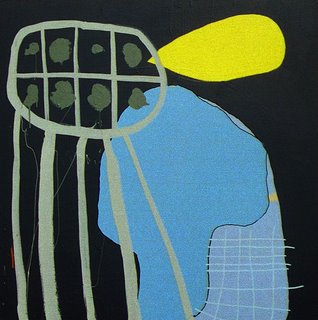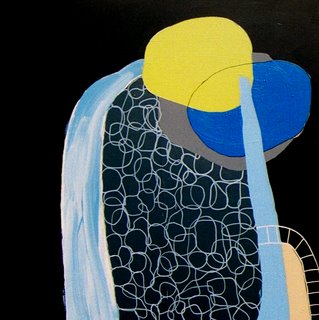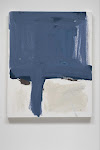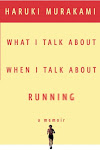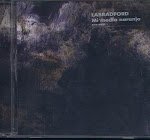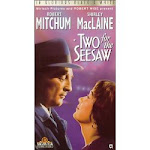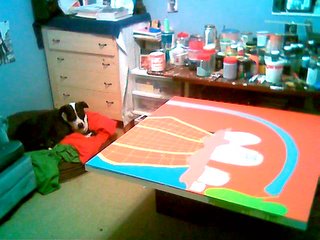
Thursday, September 28, 2006
Sunday, September 10, 2006
Friday, September 01, 2006
Art Show in Nashville



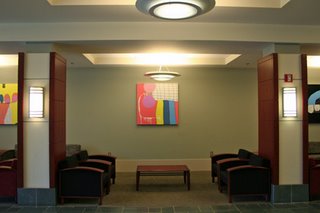
If your're in Nashville check out this group exhibit I'm in @ Vanderbilt University Law School.
PRIVATE DIALOGUE
Vanderbilt University Law School and Zeitgeist gallery present PRIVATE DIALOGUE, a group exhibition featuring...
PAUL BEHNKE
JOSEPH BURWELL
BRADY HASTON
ALICIA HENRY
KELLY POPOFF- PUNCHES
TERRY THACKER
AUG 16 - DEC 15, 2006
Opening: Thursday, October, 26, 5-7 PM.
Vanderbilt University Law School, 131 21ST Avenue South, Nashville, TN
For further information contact Lain York @ Zeitgeist 615.256.4805
Or click on title of this post to go to the gallery link.
KAREL APPEL 1921-2006




Obituary :
Karel Appel Dutch artist and Cobra group member known for his frenetic style and vibrant colours.
Christopher Masters Wednesday May 10, 2006The Guardian
The Dutch artist Karel Appel, who has died at the age of 85, famously declared that "If I paint like a barbarian, it's because we live in a barbarous age" - the sentiment of a man who had reached adulthood at the beginning of the second world war. Yet, like other members of that shortlived but celebrated movement of radical artists and intellectuals, the Cobra group, he absorbed a variety of intellectual and artistic influences, out of which developed a frenetic style of sweeping brushstrokes and vibrant, even lurid, colours.
Born in Amsterdam, Appel was the son of a barber. He studied at the city's Rijksakademie van Beeldende Kunsten during the darkest period of the war. On graduating in 1943, he had to wait three years for his first exhibitions, in Groningen and Amsterdam. Like the surrealists, he created aggressive, disturbing forms apparently dredged from the depths of the unconscious, as in the ironically titled Hip Hip Hooray of 1949 (now in the Tate Modern). In fact, he was closer to the French painter Jean Dubuffet, who famously championed the "outsider art" of children and mentally-ill people.
Appel's most important contacts were with other young artists from the low countries, such as the Belgian who went by the name of Corneille and the Dutchman known as Constant, with whom he founded the Experimental Group in Amsterdam in 1948. At this time, of course, any self-respecting avant garde had to be associated with at least one Parisian cafe - in this case, the Cafe Notre-Dame, where, that November, Appel's movement was publicly re-branded as Cobra.
Despite this moment of Parisian glamour, Cobra was an acronym of "Copenhagen, Brussels, Amsterdam", reflecting the origins of its members, who now included the Dane, Asger Jorn. Its first exhibition was held a few months later in Amsterdam, where Appel also completed a mural in the city hall cafeteria. Neither event was a great success; Appel's painting of smiling yet sinister children spoiled so many municipal appetites that it was almost immediately covered up, and it remained hidden for the next 10 years.
Undaunted, in 1950 Appel returned to Paris, where the writer Michel Tapié gave him the support that had somehow eluded him in the Netherlands. Although he participated in another Cobra show (in Liège in 1951), as well as in the group's eight reviews, he soon developed a successful solo career. In 1954, for example, he received the Unesco prize at the Venice Biennale, an achievement followed three years later by a triumphant visit to New York. He had finally graduated from the cultural capitals of the old world to the new megalopolis - and he promptly began a series of jazz portraits, including one of his hero Dizzy Gillespie, whose music was to enliven the film The Reality of Karel Appel, directed by Jan Vrijman in 1961.
Inevitably, Appel's work has suggested comparisons with the fluid, energetic styles of French art informel and American abstract expressionism. But his images always remained at least vaguely representational, with monstrous shapes and mask-like faces looming like Jungian archetypes in People, Birds and Sun (in the Tate) and The Crying Crocodile Tries to Catch the Sun (at the Guggenheim, New York), both from the mid-1950s.
Above all, it was the quality of the oil on canvas - vivid, viscous and roughly textured - that made Appel so distinctive. Often he squirted the pigment at his figures without touching a brush - "my tube is like a rocket, which describes its own space" - or laid it on thickly with a palette knife: Reclining Nude of 1966 (in a private collection) is less concerned with the female body than with the "tangible sensuous experience" of painting.
Appel also explored other media, ranging from textiles, ceramic and stained glass - in both religious and secular buildings - to aluminium and polyester, which he used in his sculpture. He was an accomplished printmaker, juxtaposing coloured etchings and wooden carvings in his cycle Appel Circus (1976-78).
Still more extraordinary were his associations with people from totally different artistic genres. In the 1980s and 90s he produced intriguing combinations of painting and visual poetry with Allen Ginsberg, while in 1987 he worked with the Japanese choreographer Min Tanaka on Can we Dance a Landscape? at the Opéra Comique in Paris - a performance set against a background of bright landscapes, feline faces and spotted cows on wheels. The reviews were mixed.
Unsurprisingly, it is Appel's role in Cobra that continued to receive most attention; indeed, by the end of his life, the group had become part of the canon of 20th-century art. In 1995 a museum dedicated to Cobra was opened in the Dutch town of Amstelveen, and in 2001 Appel's 80th birthday was celebrated by retrospectives across Holland.
· Karel Christian Appel, painter and sculptor, born April 25 1921; died May 3 2006
Subscribe to:
Posts (Atom)
